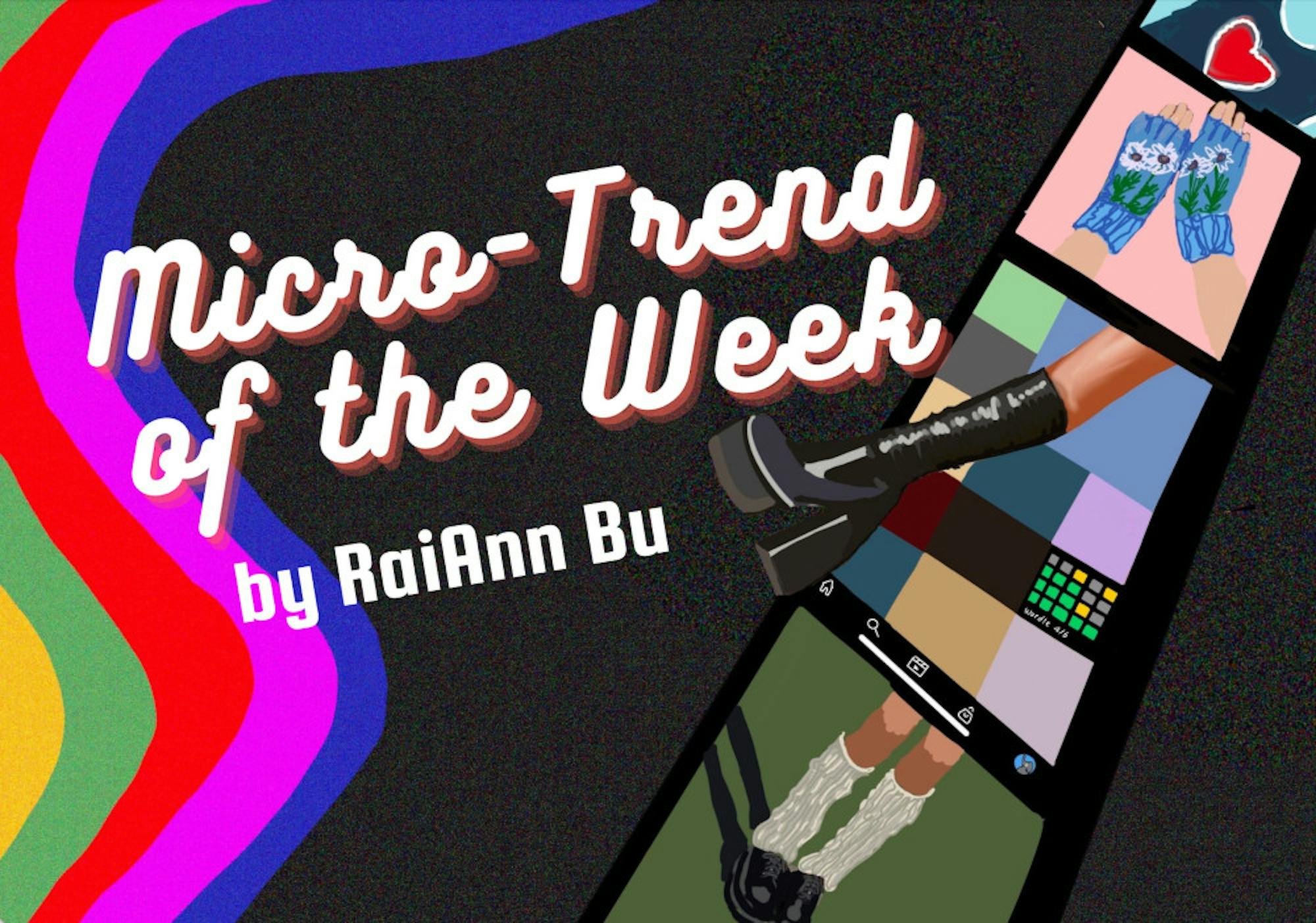Fashion is one of the strongest social performances of gender expression. Through clothing, one communicates social status, identity, affiliations and values, allowing fashion to be one of the apparent rebellions against gender conformity as well as the strongest chain to the gender binary.
Gender-neutral fashion has been rising in popularity as a result of an increase in freedoms and regularizations of gender expression and sexual liberation, especially within youth culture. With the population self-identifying as a part of the LGBTQ+ community rising to over 7%, gender as a social construct is becoming more evident, which unveils the long-standing illusion.
Currently, gender-neutral clothing options err on the side of caution, taking few risks in innovating new options for gender expression. Leaders of gender-neutral brands such as PANGAIA, Girlfriend Collective and Telfar mainly offer loungewear, looser fitting clothing and traditionally masculine wear — essentially clothing that has been already implicitly deemed gender-neutral. Collections may as well be indistinguishable from the loungewear section of gendered clothing brands, just with the section header removed.
Additionally, gender-neutral clothing brands commonly play with a minimalist aesthetic. Collections tend to feature uncontroversial beiges, small lettering and untouched solid colors. They convey that the gender norm is an integral ingredient in the creativity of clothing, as if blandness or lack of a statement is equivalent to lack of gender. These brands have unwittingly affirmed the visual division of gender through their interpretation of an absence of gender, a lack of anything at all.
This inability to depart from the gender binary lies in the power of fashion and clothing to dictate cultural norms. Though we may be completely unaware, women’s clothing has always had an agenda to regulate women’s behavior and social roles. From details such as the size of pockets to the difference in fabrics and textures used in women’s clothing, it is clear that women are primed to be ornamental. The diminished utility of women’s clothing physically limits them. Even as we look further, the details such as color, print, texture, coverage and lack of parallel styles to menswear all speak to the inherent intellectual, temperamental and physiological differences imposed between men and women.
It seems menswear struggles to cross the great gender barrier more than womenswear.Women’s clothing has eased across the line to include masculine aspects such as suits, pants and vests. Their inclusion is out of protest, to be respected by physically adopting a male image. Because of the sexism inherent in modern society, to women, masculinity is power, whereas for men, femininity is humiliating.
There is hope for a more gender-neutral aesthetic, with celebrities such as Young Thug and Harry Styles publicly experimenting with subverting gender in clothing. However, these examples are far removed from typical life, existing in a separate universe from the other magazine pages and red carpet photoshoots.
The gender binary has been so entrenched in human culture that it may be likened to a vestigial organ, something that has been passed down to us since the Bronze Age, an appendix of the human experience.






